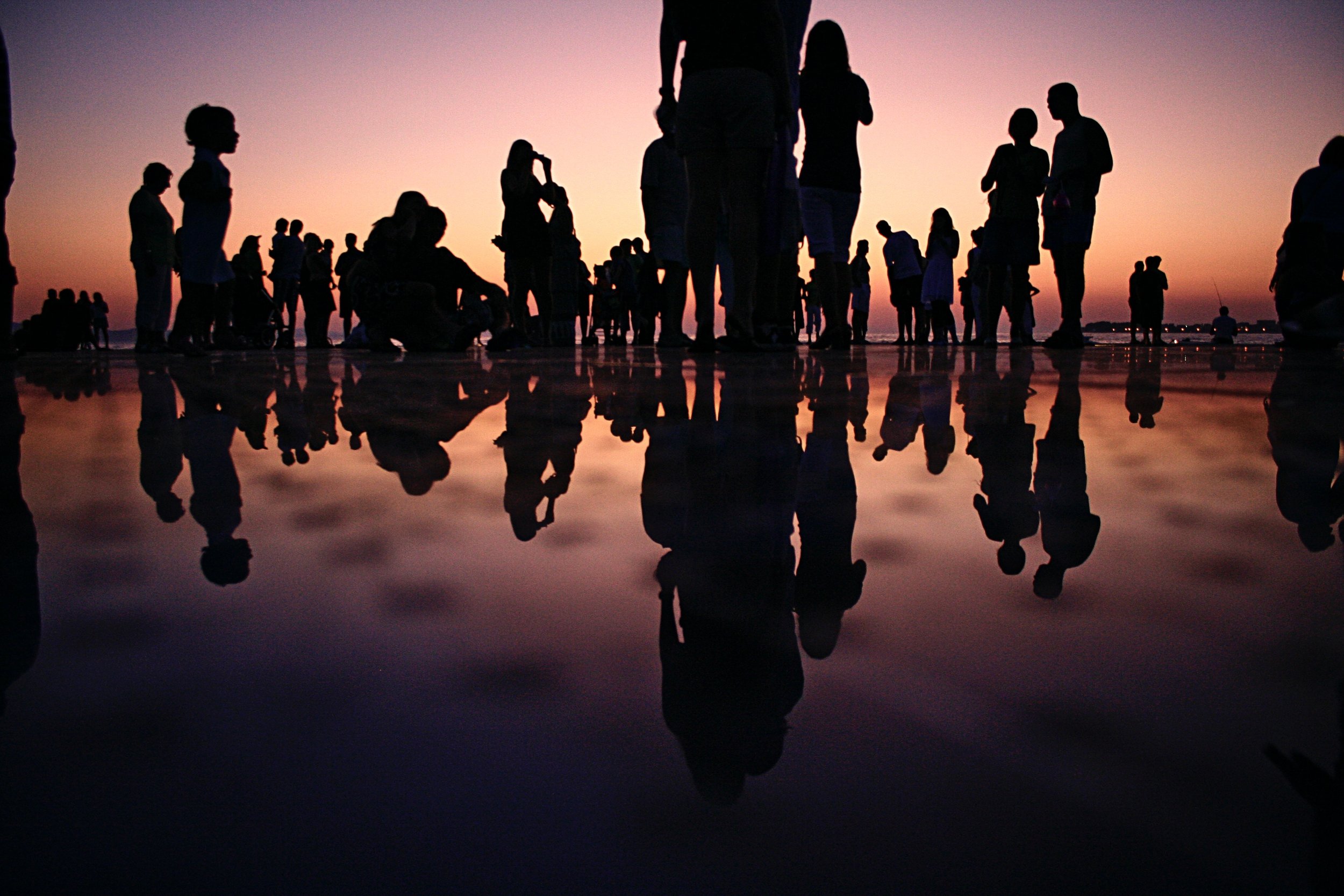Navigating Together: Wayfinding as a Social Activity
In the intricate tapestry of our daily human interactions, wayfinding is a profoundly communal act that can very easily be overlooked.
But if you ask me, (and if you’re reading this, you clearly want to know!) wayfinding is not just about finding one’s path; it’s a social dance that connects us to one another, weaving a complicated fabric of shared experiences, collaborations, and communication.
It takes many to tango
At its core, wayfinding transcends the mere act of reaching a destination.
How we get from ‘A’ to ‘B’ is rarely the result of one decision; it encompasses a symphony of choices, interactions and possibilities. Individuals have to rely on each other’s cues, guidance, and shared knowledge to traverse through spaces, whether they are bustling city streets, complex buildings, or vast natural landscapes.
It’s a dance of mutual reliance, where the compass is not just a physical tool, but a dialogue among fellow wayfarers.
Consider you’re standing in a bustling city square. You are one of many in a whirlwind of humans, each with their own destination and purpose.
From here, a subtle concord of interactions unfolds.
Strangers metamorphose into temporary guides, aiding lost travelers with directions, recommending shortcuts, or even sharing insights about the local culture, sites and events. Even in these fleeting moments, meaningful connections are forged. However brief, that bridge between once-strangers is transformed through a shared experience within the urban jungle. In the asking and following, we are no longer unknowns to one another; sharing the way has helped to break the barriers of anonymity.
There are a few elements that we can work with as wayfinders to encourage such interactions to spark: two of these are architecture and technology.
With a little help from architecture and technology
We see all the time how more effectively thoughtfully crafted spaces work to encourage greater collaboration and interaction among individuals trying to navigate them.
This is because architectural design often underscores the social aspect of wayfinding. From intuitive design and landmarks that spark conversation, to deliberate layouts that invite communal exploration and relaxation, architecture provides the canvas for social connectivity.
Similarly, wayfinding extends beyond the physical into the digital. With our lives being lived and navigated according to GPS and mapping apps, technology has forever altered how we move within and between spaces. We also rely on them to tell us where is good to eat, stay and play, with virtual communities of social and cultural wayfinders all contributing to each other’s journeys and experiences.
Beyond the practical utility, the social undercurrents of wayfinding also hold intrinsic value.
Wayfinding: an ode to human connection
The act of guiding or being guided fosters a bond, often cutting through the noise of our fast-paced lives. Along with nurturing empathy, patience and camaraderie, it’s a reminder that even amidst the chaos, we are a part of a collective journey, with each step intimately intertwined with another’s.
Wayfinding is deeply rooted in our evolutionary past. We relied on communal knowledge to charter the unknown, and share details of what was known culturally, spiritually and navigationally.
This instinct and its manifestation still linger on. Wayfinding as a social activity isn’t confined to the act itself – it encapsulates a broader narrative of human connection and interdependence. It’s a microcosm of society, where mutual aid, cooperation, and empathy act as the guiding lights on our collective journey.
Wayfinding is never just a means to an end. It’s a social ballet, where individuals become protagonists in each other’s journey. Our role as strategic wayfinders is to set the stage to allow rich, interconnected moments and the labyrinth of life to unfold.


